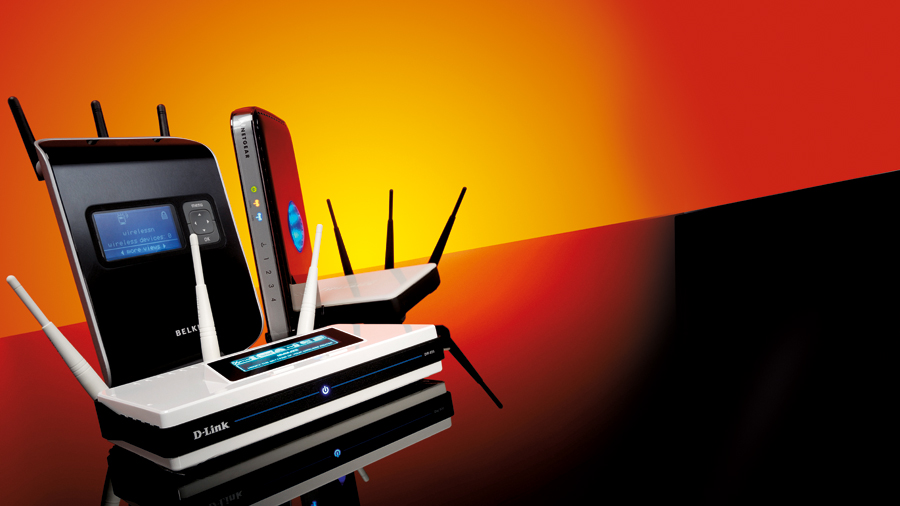Awful phone coverage at home? Wi-Fi to the rescue
Mobile operators to embrace Wi-Fi

While advances in certain technology fields seem to be unraveling at a blistering pace, others seem inexplicably slow.
Those who struggle to get basic phone signal in their homes will certainly feel this way, but change may yet be afoot.
In our Q&A, Kineto Wireless CMO Ken Kolderup picks apart his firm's recent revealing survey and tells us how Wi-Fi may be to the rescue for struggling mobile users across the world.
TechRadar Pro: How much of a problem is poor mobile voice coverage within the home?
Ken Kolderup: There's plenty of anecdotal evidence that says mobile coverage within the home is far from perfect. I expect everyone reading this has a friend or family member that suffers from poor call quality or dropped calls within their house.
Not surprisingly, mobile operators don't talk too openly about this challenge and there is a lack of industry data on the subject. That's why we carried out the survey.
As it turns out, globally, 12 percent of the mobile users surveyed identified voice coverage within their home as poor to non-existent. Of course the percentages vary by operator, country, and region, but they never dropped below the high single digits and for some operators in some countries it went as high as 25 percent.
Are you a pro? Subscribe to our newsletter
Sign up to the TechRadar Pro newsletter to get all the top news, opinion, features and guidance your business needs to succeed!
TRP: Should we expect the situation to get worse or better as MNOs roll out next gen networks?
KK: As you may know, many mobile operators are focused right now on rolling out LTE. However, it will be many years before they are capable of carrying all of their mainstream voice services over LTE.
As a result, whenever a user receives a call, their handset needs to first 'fallback' to 3G to receive the call. Unfortunately, for users with poor voice coverage at home, this often leads to an increase in call setup failures and call drops.
You can expect that over enough time services will improve, but at the moment they're actually getting worse.
TRP: What solutions are operators pursuing to help consumers faced with coverage blackspots at home?
KK: Up until a year or so ago, many operators were pursuing femtocells – mini-base stations for the home – as a way to address the home coverage challenge.
Unfortunately, femtocells suffered from a number of technical, operational and financial challenges that prevented them from being successful as a mass market approach to addressing the coverage issue.
More recently, operators have shifted the focus of their femtocell efforts to the enterprise and macro fill-in markets where the business case can make some sense.
However, there are a growing number of operators looking to embrace Wi-Fi as a means to address the mass market home coverage challenge. With rapid consumer adoption of both Wi-Fi enabled smartphones and home Wi-Fi over the last few years, the pieces are now place for operators to quickly solve the home coverage puzzle.
By simply enabling consumers to access their mobile telephony and SMS/MMS services over Wi-Fi, operators can make significant headway to solving the problem. For example, Sprint in the U.S. just launched such a Wi-Fi calling service, including SMS over Wi-Fi support too.
TRP: Wi-Fi calling seems like an obvious answer, why aren't more mobile operators offering such a service?
KK: While it may seem obvious to you and I right now, it wasn't so obvious a year or two ago for several key reasons. First, until very recently, mobile operator's general attitude towards Wi-Fi was very negative.
There was a real fear among operators that Wi-Fi would have a negative impact on their upcoming mobile data revenues. Now, however, most operators have a very different attitude toward Wi-Fi: one where Wi-Fi is now viewed as one of the best tools they have to manage growth in mobile data.

Désiré has been musing and writing about technology during a career spanning four decades. He dabbled in website builders and web hosting when DHTML and frames were in vogue and started narrating about the impact of technology on society just before the start of the Y2K hysteria at the turn of the last millennium.